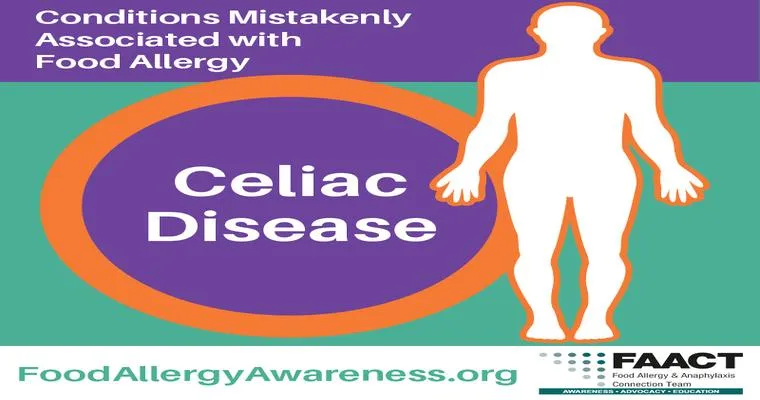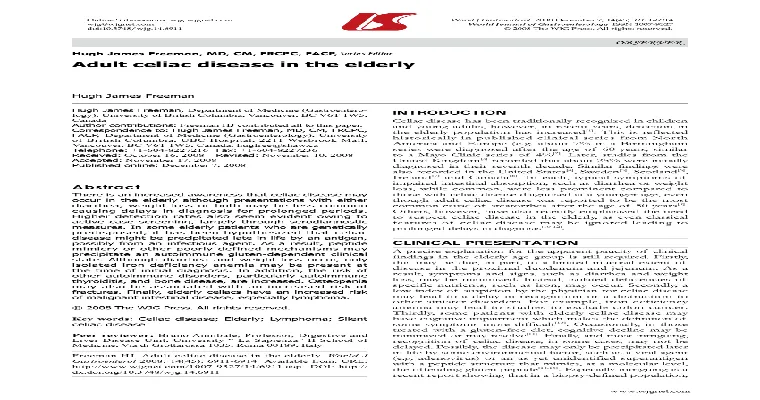Navigating the complexities of food assistance programs can be challenging, especially for individuals living in assisted living facilities who have specific dietary needs due to "food allergies" or conditions like "Celiac disease". If you find yourself in a situation where your assisted living facility cannot provide meals that accommodate your "gluten-free" diet, you may wonder if you can receive "food stamps" or other forms of assistance. This article aims to clarify the options available for those facing such challenges.
Understanding Celiac Disease and Dietary Needs
Celiac disease is an autoimmune disorder triggered by the consumption of gluten, a protein found in wheat, barley, and rye. For individuals with Celiac disease, even the smallest amounts of gluten can lead to severe health complications. Therefore, it is crucial for those affected to adhere to a strict "gluten-free" diet. Assisted living facilities are required to provide meals that meet the dietary needs of their residents, but this is not always the case, particularly when it comes to accommodating specific food allergies.
Food Stamp Eligibility for Assisted Living Residents
The Supplemental Nutrition Assistance Program (SNAP), commonly known as "food stamps", provides assistance to low-income individuals and families to help them purchase food. Eligibility for SNAP benefits generally depends on income, household size, and expenses. However, individuals residing in assisted living facilities may have different considerations when applying for these benefits.
If your assisted living facility does not provide meals that meet your dietary restrictions due to Celiac disease, you may be eligible for SNAP benefits. This is particularly true if you can demonstrate that the facility’s meal offerings do not accommodate your medical needs. In such cases, you may be allowed to use food stamps to purchase gluten-free foods that align with your dietary requirements.
Steps to Take if You Have Celiac Disease
1. "Communicate with Your Facility": The first step is to discuss your dietary needs with the management of your assisted living facility. They may be able to make accommodations or provide alternatives that are safe for you to eat.
2. "Document Your Dietary Needs": Obtain a medical note from your healthcare provider outlining your need for a gluten-free diet due to Celiac disease. This documentation can be crucial when applying for food stamps.
3. "Apply for SNAP Benefits": If your facility cannot meet your dietary requirements, you can apply for SNAP benefits through your state’s program. Make sure to include all relevant documentation regarding your dietary needs and financial situation.
4. "Explore Local Resources": In addition to SNAP, consider looking into local food banks or organizations that specialize in providing gluten-free food options. They may offer additional support and resources tailored to your dietary needs.
Conclusion
In summary, if your assisted living facility cannot provide meals that accommodate your food allergy, specifically Celiac disease, you may be eligible for "food stamps". It is vital to communicate your needs and explore all available options for assistance. By taking the necessary steps to document your dietary requirements and applying for SNAP benefits, you can ensure that you have access to safe and nutritious food that meets your unique health needs. Always remember that you are not alone in this journey, and there are resources available to help you navigate these challenges.





